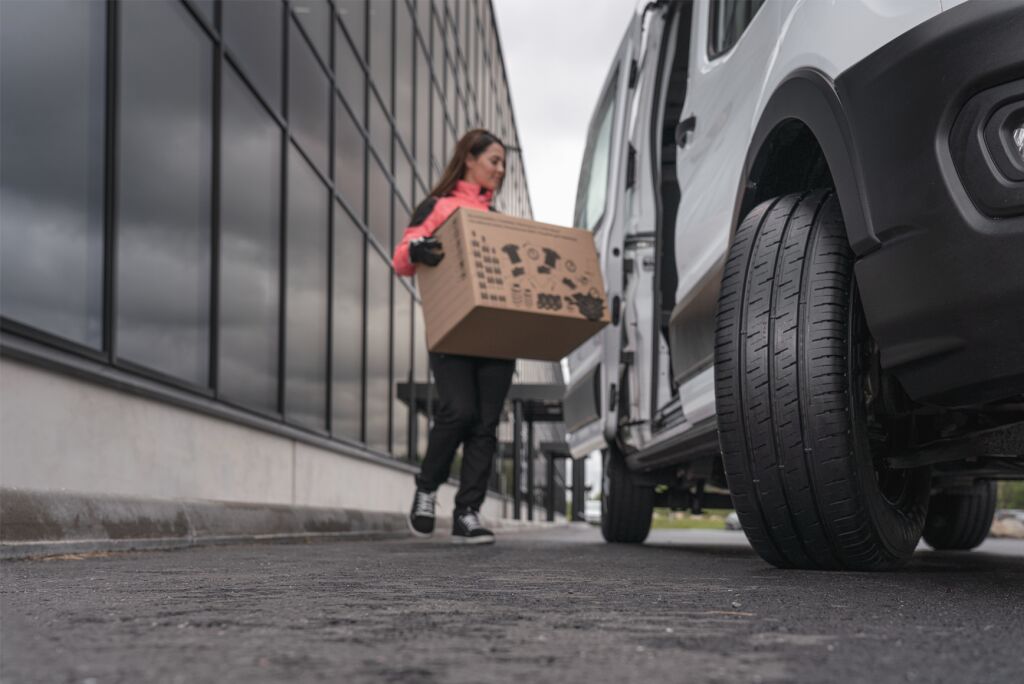
Tires can wear unevenly for various reasons. Get to know the most common tire wear patterns, learn how to avoid them, and extend your tires' lifespan
You can inspect the condition of your tires by checking tire wear patterns. Tire tread wear should be consistent across the surface of the tire. If you notice uneven wear patterns, it could be a sign of underlying issues with your tire pressure, wheel alignment, or suspension. Check tire wear regularly to help identify potential issues in a timely manner, and help your tires to last longer.
If you read through this article and still have questions about your tire wear, contact a local tire dealer for peace of mind.
Common types of tire wear patterns
Tires can wear unevenly for various reasons. Knowing the most common tire wear issues helps you to identify their causes. Here are some common tire wear patterns:
- One-sided wear. If the inner or outer edge is wearing faster, often it indicates issues with wheel alignment. Check that the toe, caster, and camber are aligned correctly, or ask your local tire shop to assist you with this.
- Center wear. If tire pressure is constantly too high, tires wear excessively in the central part of the tire. See pressure recommendations in the owner’s manual and control the tire pressure.
- Edge wear. Excessive wear on both sides of a tire usually translates to underinflated tires. To avoid excessive edge wear, keep tire pressure at the recommended level.
- Cupping wear. Scalloped, diagonal wear indicates that there might be an issue with the vehicle’s suspension system. You also might notice that tires are slightly bouncy or noisier than usual. Get the suspensions checked.
- Patchy wear. If tires are wearing in patches, it can be a sign of balancing issues. You can avoid this by rotating tires regularly and balancing them as needed.
Check your tire wear regularly
Uneven tire wear reduces the predictability of your vehicle and decreases the tires' lifespan. Inspect the condition of your tires regularly to enhance both road safety and tire life. Check your tires at least once a month. It is also a good idea to check on tire wear if you feel tires vibrating or if your tires are noisier than usual. Here’s how to prevent excessive or uneven tire wear:
- Check your tire wear and tread depth regularly
- Maintain proper tire pressure
- Execute tire rotation every 6,000–9,000 kilometers
- Drive smoothly and avoid aggressive steering
Even tire wear helps you to make your tires last longer. You can also extend the tire life by storing them correctly. Good tires are essential for traction and grip, so it is important to be sure they perform optimally. Check your tire wear regularly to optimize performance and safety on the road. When the tread depth is too low or tires have unusual wear patterns, it’s time to replace the tires. You can always consult your local tire dealer with any questions you have about unusual tire wear patterns.
Please remember that it is the driver’s responsibility to ensure their tires are safe and suitable for their vehicle and to follow the vehicle’s manufacturer´s guidelines for proper use and maintenance. Consult your closest Nokian Tyres dealer or your vehicle’s manufacturer for specific advice.


